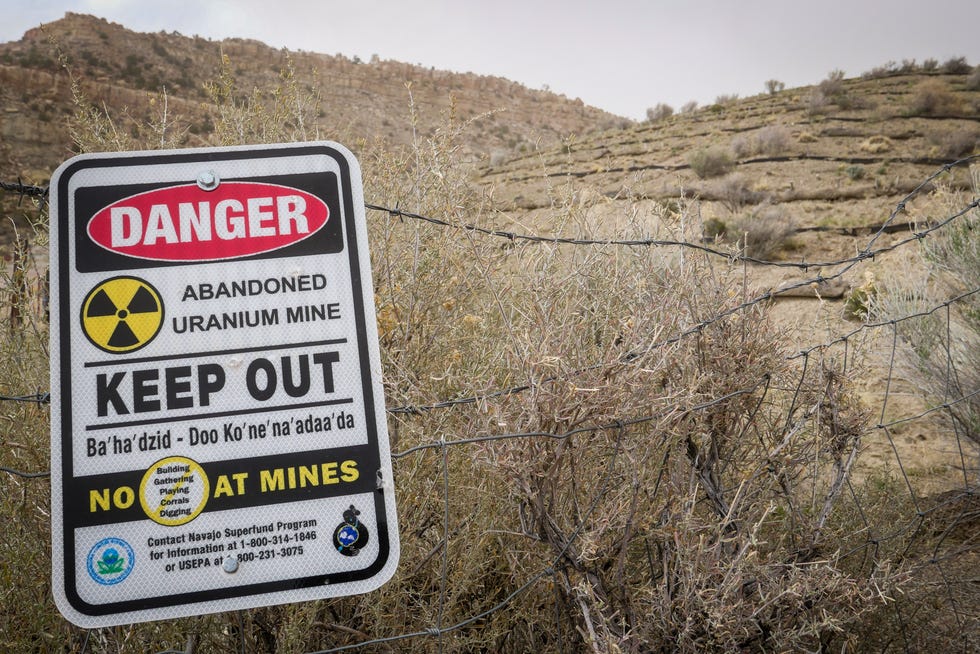Today, hundreds of mines lie abandoned across New Mexico’s Indigenous lands. So do scores of eroding radioactive landfills meant to bury uranium mine waste.
By Eli Cahan, Capital & Main | August 26, 2022 usatoday.com
As a young girl, Arlene Juanico would rush to gather the laundry before the explosions started.
When the alarms sounded, Juanico would hustle to grab the clean garments off the clothesline before she was enveloped by dust clouds. But Juanico’s little legs usually couldn’t get her back to shelter in time.
That’s when the yellow-flecked dust – emerging from detonations in the sacred mesa the Laguna tribe knows as Squirrel Mountain – would catch up to her. That’s when it would enter Juanico’s throat, burrowing deep into her lungs.
It’s the same dust she would confront when, as an adult, she worked for the Anaconda Copper Co.
And it’s the dust that would persist in her lungs, kidneys and bones. There, hidden in the dark recesses of her chest, the particles lay until one day decades later a CT scan would show Juanico and people like her why they hadn’t been able to take a full breath in decades. They’d get a similar diagnosis – idiopathic pulmonary fibrosis – one mangled lung at a time.

As such, the dangers of one of the largest uranium mines in American history didn’t abate when the dust clouds dissipated.
